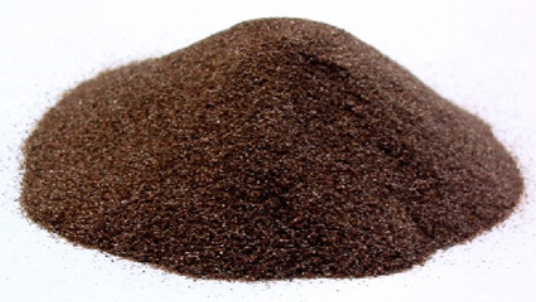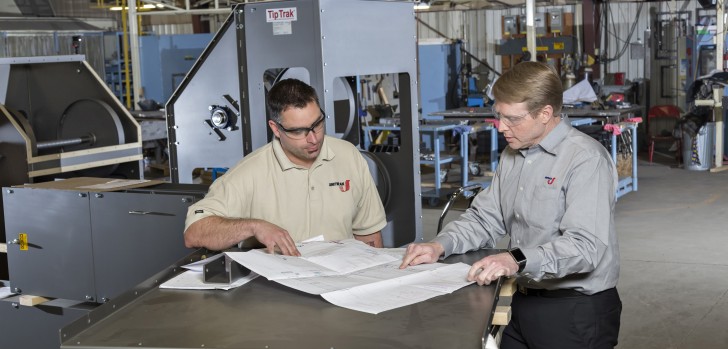Aluminum Oxide
Aluminum oxide, also known as alumina, is a chemical compound consisting of aluminum and oxygen atoms (Al2O3). It occurs naturally as corundum, but it can also be synthesized in various forms.
At a Glance
Aluminum oxide is renowned for its hardness, making it a versatile material with a wide range of applications across different industries.
Aluminum oxide exhibits several important characteristics:
- Hardness: It ranks high on the Mohs scale, making it extremely durable and suitable for abrasive applications.
- Chemical Stability: Aluminum oxide is resistant to acids and alkalis, contributing to its longevity in various environments.
- Thermal Conductivity: It possesses good thermal conductivity, making it useful in applications requiring heat dissipation.
- Insulating Properties: In its crystalline form, aluminum oxide is an excellent electrical insulator.

Common Uses
Aluminum oxide is utilized in diverse applications due to its exceptional properties:
- Abrasive: Its hardness makes it a popular choice for abrasive materials in sandpaper, grinding wheels, and polishing compounds.
- Ceramics: Aluminum oxide is a key component in ceramic materials, providing strength and thermal stability, commonly found in ceramic insulators, refractories, and cutting tools.
- Catalysis: Some forms of aluminum oxide serve as catalysts in chemical reactions, particularly in the petrochemical industry.
- Filler Material: It's used as a filler in paints, plastics, and rubbers to enhance strength and durability.
- Electronics: Aluminum oxide is used in the production of electronic components like integrated circuits and insulating substrates due to its electrical insulation properties.

Challenges in Conveying
Bulk material conveying of aluminum oxide presents some challenges:
- Abrasive Nature: Aluminum oxide's abrasive properties can lead to wear and tear on conveying equipment, necessitating frequent maintenance and replacement of components.
- Dust Generation: Handling aluminum oxide powders can generate dust, which poses health and safety risks to workers and may require additional dust control measures.
- Flowability Issues: Fine particles of aluminum oxide can exhibit poor flow characteristics, leading to blockages and flow interruptions in conveying systems.
Equipment Options
UniTrak, with its expertise in customized bulk material handling equipment, offers solutions tailored to handle aluminum oxide efficiently and reliably. For conveying aluminum oxide, the ideal UniTrak equipment includes:
- TipTrak Bucket Elevator: With its gentle and reliable vertical conveying, TipTrak minimizes product degradation and dust generation while effectively handling abrasive materials like aluminum oxide.
- Powderflight Aeromechanical Conveyor: This equipment provides enclosed conveying, preventing dust emissions and ensuring efficient transport of fine aluminum oxide powders with minimal degradation.
- UniFlex Flexible Screw Conveyor: Suitable for conveying powdered and granular materials, UniFlex offers gentle handling and can be customized with wear-resistant materials to withstand abrasive aluminum oxide.
Aluminum oxide is a versatile material with widespread applications, but its handling presents challenges due to its abrasive nature and dust generation. UniTrak's deep experience in customized bulk material handling equipment enables effective solutions tailored to handle aluminum oxide efficiently and safely. Whether it's a TipTrak Bucket Elevator for vertical conveying or a Powderflight Aeromechanical Conveyor for enclosed transport, UniTrak's expertise ensures reliable handling of complex materials like aluminum oxide, minimizing downtime and maximizing productivity.
